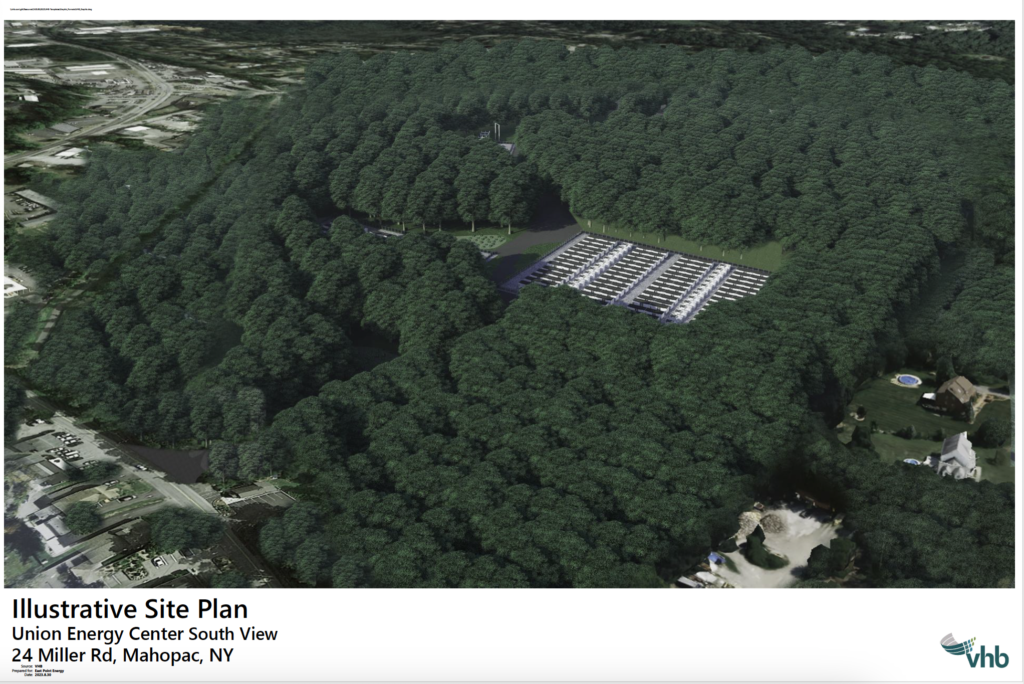Yes. Many of us sleep with lithium-ion batteries right next to us (cell phones and laptops) or parked in our garage (electric vehicles). Energy storage projects are regularly built and operated in urban areas around the US and across the world, with very high safety records.
As stated on NYSERDA’s website, “Energy storage systems are thoroughly regulated, with oversight from federal, state, and local authorities. There are thousands of energy storage systems installed in New York (including many grid-scale systems) that have successfully met all applicable regulations.” collaboration with the Mahopac Volunteer Fire Department began in 2021. We appreciate the valuable input they have provided in the development of our site plan and look forward to continued collaboration. Similar to the educational session held in 2023 for MVFD, all future education, training, and planning for the MVFD, other mutual aid fire departments, and county emergency services will be provided for free.
Finally, it is worth noting that in recent fire safety events, there have been limited, if any, impacts outside of the project area. The NYS Interagency Fire Safety Working Group concluded in December 2023 that “there were no reported injuries and no harmful levels of toxins detected” from the energy storage project fires that occurred in 2023, helping demonstrate that even in the worst-case scenarios, projects fail safely.
The environmental concerns of energy storage projects are minimal and consistent with other types of development. Further, this project is subject to review from the NYS Public Service Commission, the US Army Corps of Engineers, the Federal Aviation Administration, the US Fish and Wildlife Service, the NYS Department of Environmental Conservation, the NYC Department of Environmental Protection, the Carmel Environmental Conservation Board, Carmel Highway Department, Carmel Building Department, Carmel Engineering Department, NYS Office of Parks, Recreation, and Historic Preservation, and the Carmel Planning Board. These agencies and boards will only approve this project if they are confident there are minimal and manageable environmental concerns.





